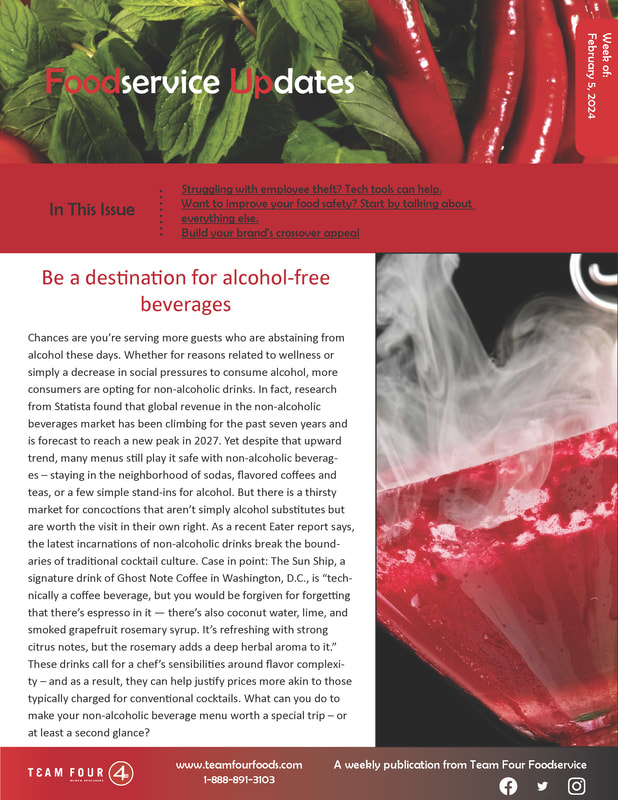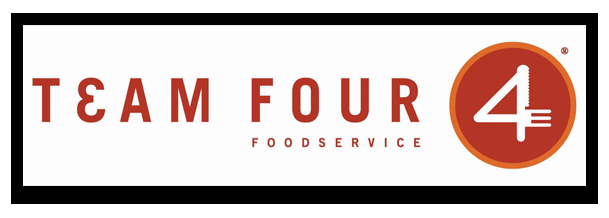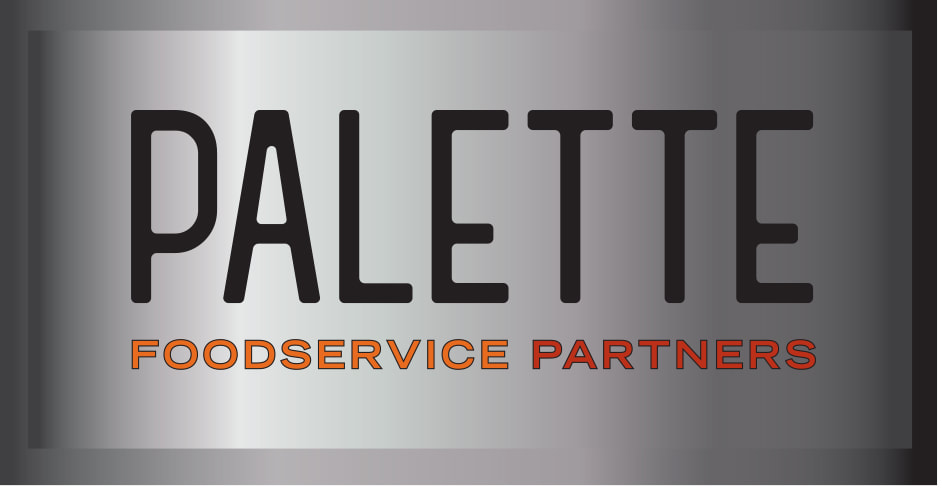 That may not necessarily be the case. Food safety regulators often have stories about finding health and safety hazards in restaurants known for having strong safety cultures. Food safety consultant Francine Shaw experienced one recently while visiting a restaurant brand known for its food safety: She used the restroom and found that the sink wasn’t working, then reported it to an employee who shrugged in response. Unfortunately, all it takes is one understaffed store, or one employee who doesn’t take their responsibility to protecting safety seriously, to threaten the safety record of a business. So what can operators do? Developing and maintaining a culture committed to safety is a process that starts at the top of the business, trickles down to all employees and needs ongoing reinforcement. It helps to develop and benchmark training programs that can keep track of training progress and areas for improvement. Understand what tools and people the team needs to protect safety. (Technology can be a useful aid here but it shouldn’t be a crutch or a replacement for knowing how to protect the safety of the business.) Adopt the mindset of a regulator when assessing your food safety standards. Where might there be pitfalls that could threaten your safety record?  The steps you take to maintain kitchen equipment can help you avoid staff injury, costly repairs and downtime, and unsanitary conditions in your operation. If there any areas of your business where you have delayed maintenance due to constraints in time or other resources, having an updated maintenance schedule and task list may help you prioritize critical items. First, draft a schedule outlining when key equipment needs to be cleaned and inspected based on its age and frequency of use. Then create a list of each piece of food preparation equipment in your operation, including everything from fryers and grease filters to ice machines and water filters. For each item, list the cleaning and maintenance tasks that must be completed and when, along with any special instructions needed. Then select dates for the completion of these tasks so you can track them — whether manually or through an online system that automatically alerts you to these tasks.  A visit from a health and safety inspector can cause anxiety in a restaurant, but it doesn’t have to. Spreading the responsibility for food safety across your team can help everyone gain the confidence they need to present your facility well. At a time when turnover remains high and resources are stretched, weaving automated learning tools into the fabric of everyday tasks can help. First identify your basic needs when it comes to training so you can gather resources that address past problems and new processes. While every employee should be given high-level training, follow-up training should be continuous and built into the flow of work, with checklists and mini lessons accessed via mobile device so they accompany the employee and be updated in real time.  The pandemic has made safety the new hospitality – and as a result, safety information about your restaurant is becoming a bigger commodity. This spring, Yelp announced a new partnership with Hazel Analytics, which uses data-driven technology to improve public health. Hazel Analytics now powers the hygiene data on hundreds of thousands of Yelp pages, pulling information from health departments across 48 states. If you need guidance on the best ways to tackle food safety challenges with fewer staff, contact Team Four and we can help you get on track.  Restaurant operators are having to do more with less these days – and that can expose them to risks they were able to manage more easily before the pandemic. The current operating environment calls for a robust risk management plan that reflects today’s challenges and the need to cut corners. Your insurer can help you assess your existing operation and get a clearer sense of your biggest liabilities – whether they relate to your property, worker’s compensation, delivery, cyber, employment practices or some other aspect of business – and advise you of what steps to take now to prevent those risks from becoming costly problems.  Your staff needs to be able to focus on preparing food, serving guests and keeping your facility clean. Drains and dishwashers that are slow to clear, and other equipment that isn’t working effectively can not only consume your staff’s time but also potentially cause a food safety problem. As the new year begins, make it a priority to check equipment and schedule any needed maintenance and repairs to ensure your staff can stay focused on the task of serving guests.  If you’re like many operators managing a high degree of employee turnover right now, you’re having to prioritize both constant onboarding of new and/or temporary staff, as well as enhanced cleaning procedures. If you’re continuing to use any manual processes to conduct and track safety checks, this can enable staff to tick boxes on checklists without actually completing necessary tasks, exposing your operation to food safety problems. Using a digital system to ensure safety protocols are followed can also make it easier to conduct self-audits between third-party audits, so you can ensure your business stays on track between inspections.  Better food safety practices are likely to be among the permanent effects of the pandemic for foodservice operations. To ensure your improved practices have staying power, it’s important to bring together the various metrics you use to evaluate your food safety – including inspections from health departments and third parties as well as your own assessments – then review them regularly and communicate them clearly to staff. Comparing results over time and synthesizing evaluations from different sources can help you identify problem spots that need attention and translate them into clear action items for your team.  The intense heat people are experiencing in many parts of the country this summer, along with ongoing labor shortages and supply chain challenges, require some extra vigilance when to comes to food safety. Trucks may be taking longer to get foods to their destinations, providing more opportunities for food to be exposed to the temperature danger zone – particularly in record-breaking heat. Take extra care right now in checking deliveries to ensure food is being delivered at safe temperatures, is labeled with expected use-by dates, and shows no evidence of damage or decay (e.g. unsealed packaging or evidence of pests or freezer burn). Also be aware of foods that may be dangerous to eat due to the temperature spikes in parts of the country.  As you continue to build business back up after the constraints of the pandemic, you may be feeling the need to cut corners and revert to manual processes that you had been delegating to technology. Food Safety Tech reports that restaurants that had been using operational software to monitor food safety processes may be slipping back to the pen-and-clipboard method in an effort to contain costs on tech. Or, those that had been integrating more smart devices into their operation – remote temperature sensors or Bluetooth temperature probes, for example – may be using not-so-smart methods to track food safety practices if and when those devices break or need replacement. While this may be unavoidable in the near term, it just means that some extra precision is required at each stage to ensure your food safety standards aren’t slipping. |
subscribe to our newsletterArchives
July 2024
Categories
All
|



 RSS Feed
RSS Feed